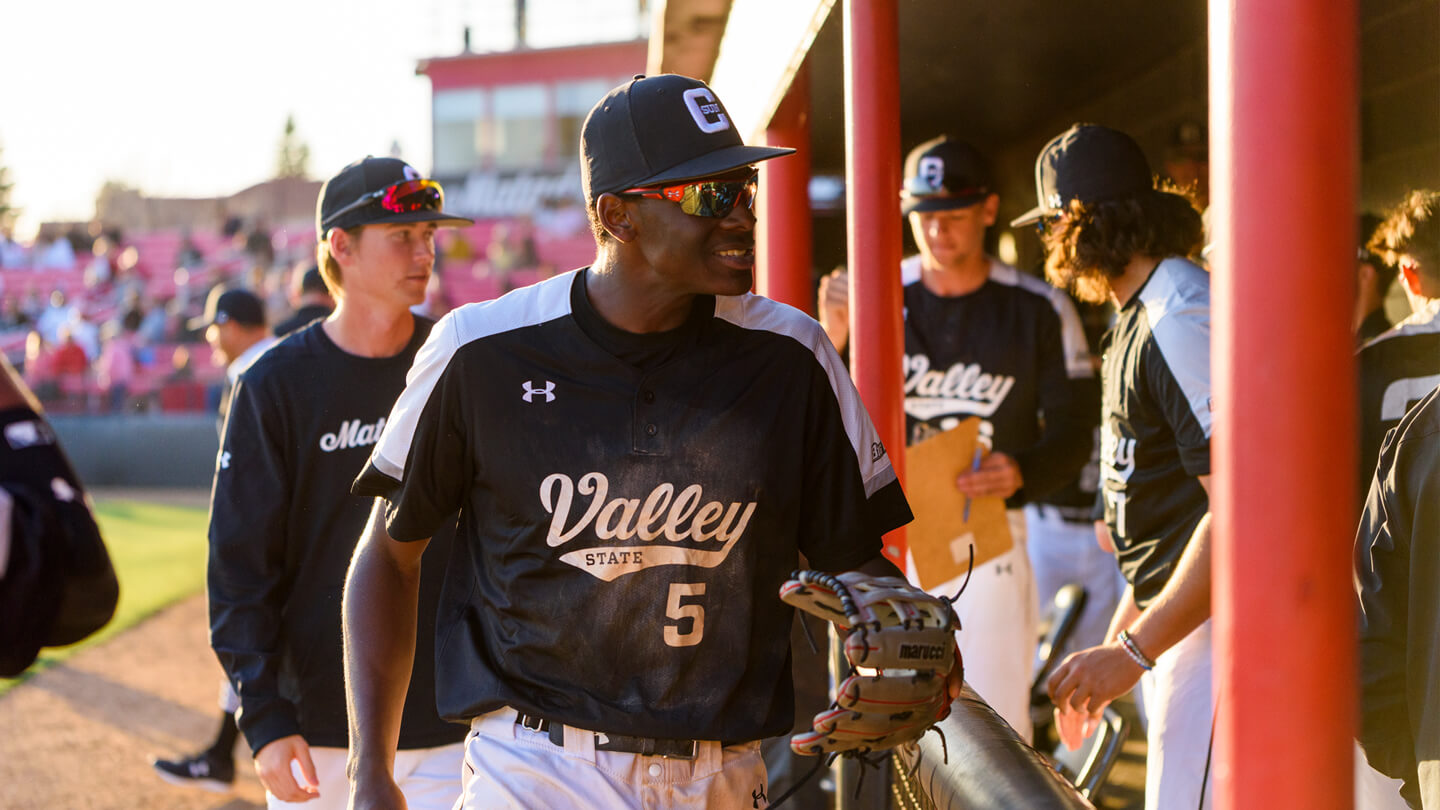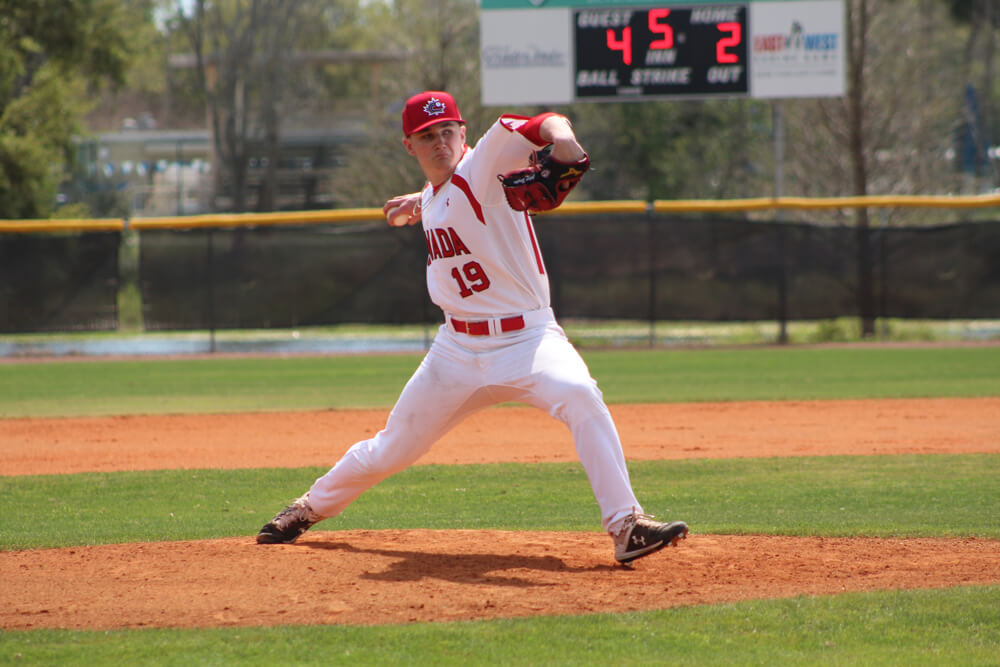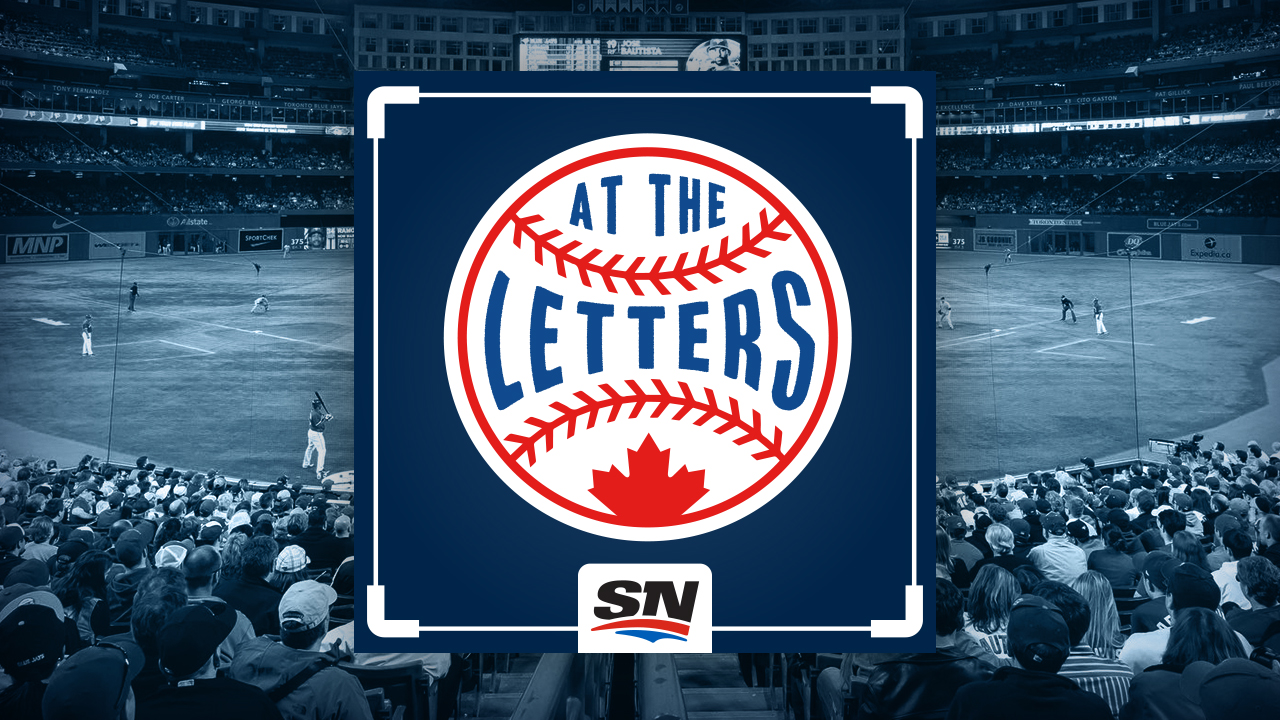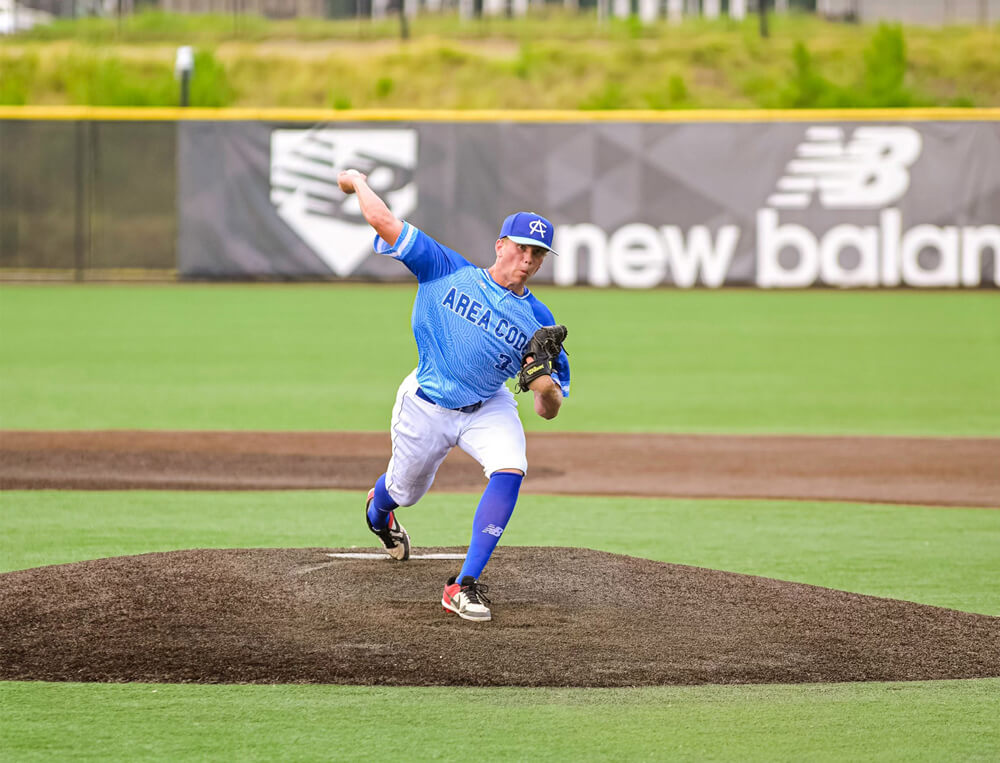When restrictions loosened in the middle of May, Ziegler was playing catch-up on the mound. He felt stronger from his workouts, but actually throwing to a catcher with a hitter in the batter’s box felt weird. So did the feel of the ball coming out of his hand. “I obviously wasn’t off a mound [until May]; I wasn’t wearing cleats. So I get back there, I’m [only] throwing mid-to-high 80s, and I was like, ‘What happened?’” he recalls. “Then you really look at it and I wasn’t actually throwing. So I was getting my body more prepared to throw hard again by lifting, but my arm wasn’t exactly doing the movement. Once we got back into things, it figured itself out.”
Did it ever. During a May 30 bullpen session, a Rapsodo tracker clocked Ziegler at 97.3.
The heat wasn’t enough, though. Having only put in three innings with the junior team in the leadup to the 2020 draft, Ziegler’s body of work was simply too small for a team to commit to him, especially with the draft shortened to five rounds from the traditional 40. He wasn’t picked. He still had a scholarship to Connecticut for this fall, but with so much instability he opted instead to do an extra year of high school and reclassify for the 2021 draft. “Looking back on it now, I’m actually kind of happy it didn’t work out, just because this next year it’ll be better,” he says. “And obviously some of those guys who got drafted this year didn’t actually really get to do anything [in pro ball].”
To ensure it does turn out better next summer, Ziegler got as many looks as he could. Like Bratt, he only logged 25-30 innings, but he decided to attend the East Coast Pro and Area Code Games in early August, and then after his 14-day quarantine, built himself up again for early October’s The Baseball Factory and Perfect Game events, both of which helped solidify his standing and secure a scholarship to Auburn. A handful of major-league teams have held Zoom calls with him to track his progress, and he’s hoping to be included if the junior national team is able to travel south in the spring. “I feel like I did show myself pretty well with those big four events,” he says. “I obviously did progress a little bit from March, so I was showing a better version of myself, which I’m happy to say. I do feel a little bit more confident, but I obviously still want to show myself a couple of times before the draft in the new year. We’ll see how that goes.”










